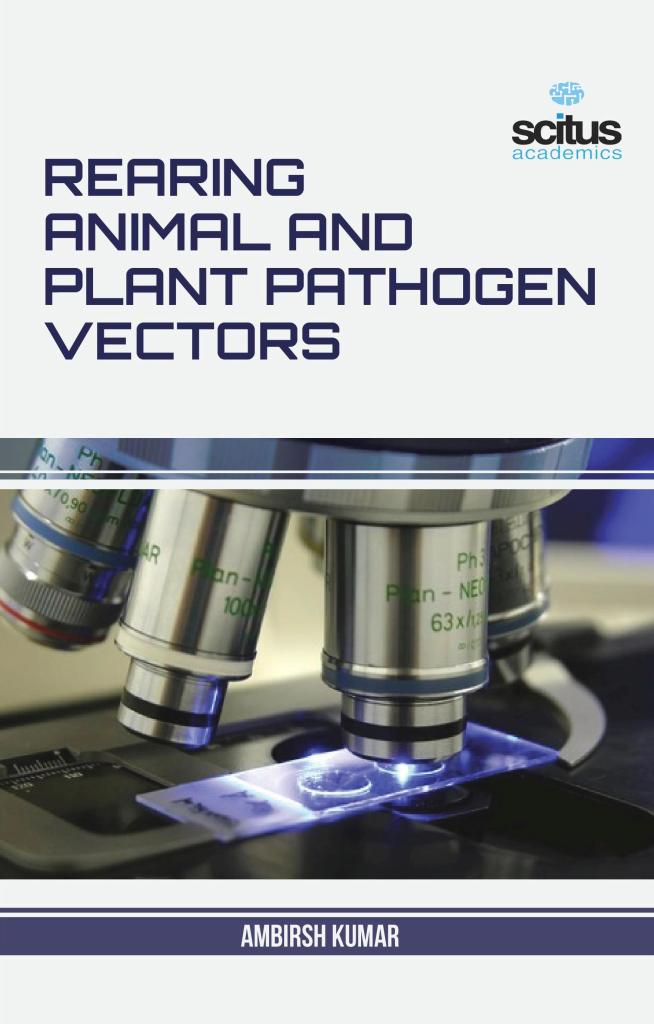A pathogen or infectious agent is a biological agent that causes disease or illness to its host. The term is most often used for agents that disrupt the normal physiology of a multicellular animal or plant.
However, pathogens can infect unicellular organisms from all of the biological kingdoms. There are several substrates and pathways whereby pathogens can invade a host.
The human body contains many natural defenses against some of common pathogens in the form of the human immune system and by some “helpful” bacteria present in the human body’s normal flora. Some pathogens have been found to be responsible for massive amounts of casualties and have had numerous effects on afflicted groups. Today, while many medical advances have been made to safeguard against infection by pathogens, through the use of vaccination, antibiotics and fungicide, pathogens continue to threaten human life. Social advances such as food safety, hygiene, and water treatment have reduced the threat from some pathogens.
This book provides an integrated description of methods used to rear vectors of human, higher animal, and plant pathogens in the laboratory. It deals with diverse subject areas, and contains descriptions of standard, as well as highly specialized, methods used by medical, veterinary, entomology, and plant pathology experts.













